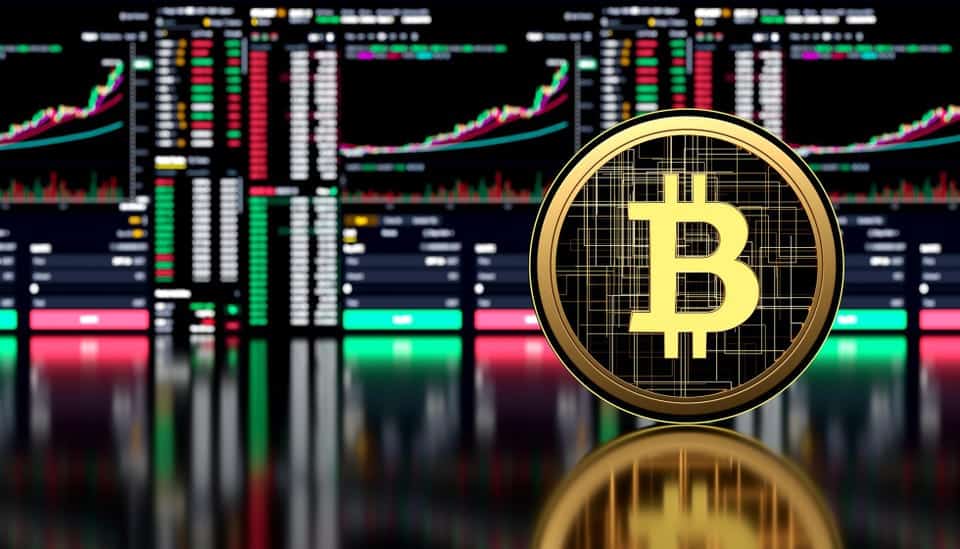
The flagship cryptocurrency has nearly doubled in value since January.
The crypto markets had a rough 2022, and Bitcoin (BTC -0.70%) wasn’t spared — the cryptocurrency fell nearly 65% last year. But 2023 has become a comeback story, with Bitcoin up 83% since January.
Bitcoin mega-supporter and MicroStrategy co-founder Michael Saylor recently revealed that his company bought 6,455 Bitcoin in late March, a transaction worth $150 million.
Should investors follow Saylor’s lead? One shouldn’t base their investment decisions on someone else’s, but there are some excellent reasons to consider adding Bitcoin to your portfolio today. Here is what you need to know.
A hefty vote of confidence
Although investors should make their own decisions, there’s no denying the influence that well-known investors such as Warren Buffett can have on a stock’s sentiment. Saylor is arguably the Buffett equivalent to Bitcoin investors, and his latest $150 million investment is a vote of confidence if anything.
MicroStrategy now owns 138,955 total Bitcoin worth almost $4.2 billion. The company’s average Bitcoin cost is $29,817, just a bit below where it trades today. In other words, you could argue that Saylor sees value in Bitcoin at its current price; a $4 billion investment would imply an expectation that the asset’s value will increase over time.
However, one shouldn’t automatically mirror Saylor’s sentiment on Bitcoin, just as one shouldn’t blindly buy Coca-Cola stock just because Buffett owns it. Instead, look at it as a prompt to revisit your investment thesis.
Revisiting Bitcoin’s investment case
The overarching theme for Bitcoin is that it’s a store of value, similar to gold or silver. Ideally, Bitcoin can protect investors from two critical problems of the fiat-based financial system. First, Bitcoin has a limited supply of 21 million coins, a hedge against inflation that continually devalues fiat currency as more is created. Second, it’s decentralized, independent of central control like the U.S. financial system, which is dominated by the Federal Reserve.
Additionally, banks use a fractional reserve system, where they leverage their deposits to lend more money than they have. That’s fine until too many people try to pull their money out of the banks at once. Bitcoin’s scarcity and independence from any person or party controlling it have driven demand and fantastic investment returns. Bitcoin has easily outpaced the S&P 500 despite the coin’s dramatic decline in 2022.

DATA SOURCE: YCHARTS BITCOIN PRICE
Some might ask whether Bitcoin’s volatility disqualifies it as a store of value, but Bitcoin doesn’t seem any more volatile than silver and gold. You can see below that gold and silver have experienced similar declines from their highs, a reminder that asset prices fluctuate.

DATA SOURCE: YCHARTS GOLD PRICE IN U.S. DOLLARS
Yes, Bitcoin has been more volatile than gold, but it’s a less-known commodity than a precious metal that has been sought after and valued for thousands of years. Perhaps Bitcoin will become less volatile as it ages — it’s a fair question, at the least.
Is Bitcoin’s comeback just beginning?
For now, markets seem to value Bitcoin as a riskier asset, which declines when investors flee to safety. Gold is near its all-time high, while Bitcoin is far from it. Bitcoin’s early 2023 comeback could signal that the crypto winter, as some call it, is nearing its end.
Investors will only know for sure in hindsight, but it appears Bitcoin’s long-term appeal is still intact, especially after the near-miss of another crisis in the modern banking system. Bitcoin will likely remain a volatile asset, but it could have more up days than down if the market’s sentiment toward riskier assets turns positive.
























